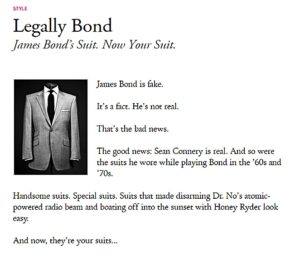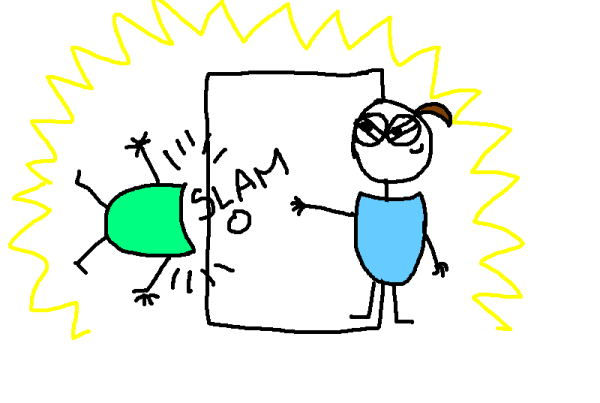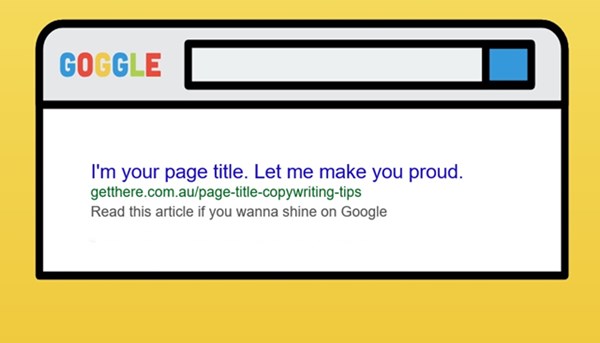Headlines are the spruikers of copywriting. They get curious patrons through the door.
But have you given much through to your paragraphs?
They have an equally challenging job. To back up those lofty headline promises with persuasive messages, empathy and fact.
Without powerful paragraphs that look as good as they sound, headlines wouldn’t be strutting around in their big fonts for long.
Here are 7 ways to help your paragraphs live up to their everyday hero status.
Snatch attention from the first line
Most visitors spend less than 10 seconds summing up the content of web page before deciding whether to stay or go.
There’s no time for waffling paragraphs. No-one care who you are, where you live and what a great weekend away you had with the crowd from the crochet club – unless your business is wildknittingholidays.com.
Get to the point.
If you don’t convey your key message in the first few lines, don’t expect people to read them further down the page.
Keep your paragraphs short and sweet
Forget trying to win over your audience with long descriptive, romantic prose about the salubrious ambiance of your pulchritudinous offer.
They’ll think you’re stertorous (trust me, you don’t want to be).
Short paragraphs can be differentiated and skimmed at a glance. So keep them to fifty words or fewer. Much fewer, if possible.
A single-sentence paragraph can be powerful and memorable. Check out these ones from Urban Daddy.
Think one idea per paragraph (or less)
These days you can spread an idea over more than one paragraph. That Urban Daddy copy is the perfect example.
Add keywords, but don’t drown in them
Add keywords to your paragraphs throughout your page, but don’t overuse them. If you keyword stuff your paragraphs, Google may penalise your website and drop it in the search rankings.
How can you tell if you’ve used too many keywords? Your copy will look and sound something like this…

That’s an extreme example. You could remove at least three of those key phrases from that paragraph.
A good rule of thumb is if it doesn’t sound like natural language, get rid of keywords until it does.
And you don’t need keywords in every paragraph. Instead:
- use related words (wooden cigar humidor, cigar cabinet, etc)
- make sure your main phrase (custom cigar humidor) is in your headline
- include your main phrase in one subhead.
Split paragraphs with loads of subheads
How many subheads? It depends on the length of the content and whether you’re writing an article or copy.
Either way, be generous. Stick descriptive subheads in to your content every two to four paragraphs.
That makes it easy for readers to scan your message and dine on more of your tasty morsels of information.
Pace your sentences to fit your goals
Short sentences are punchy. Exciting. Great for a sales pitch. Longer sentences allows your reader to sit back, take a breath and contemplate what you’ve said.
Add rhythm to your writing by mix short sentences with long ones in the same paragraph. Like Apple do so well on their product pages.
Bang in some bullet points
Everyone loves white space on web pages. It makes the content look more inviting. Less claustrophobic.
If you have a lot of information to convey on the one page – or in one paragraph – look for ways to turn sentences into bullets.
This will encourage people to read more and draw attention to important points. For example:
Bullets turn:
By following Simon’s advice you’re writing will be easier to read, irresistibly enticing and a whole lot sexier.
Into:
By following Simon’s advice you’re writing will be:
- easier to read
- irresistibly enticing
- a whole lot sexier.
Here endeth the lesson. And the paragraphs.





